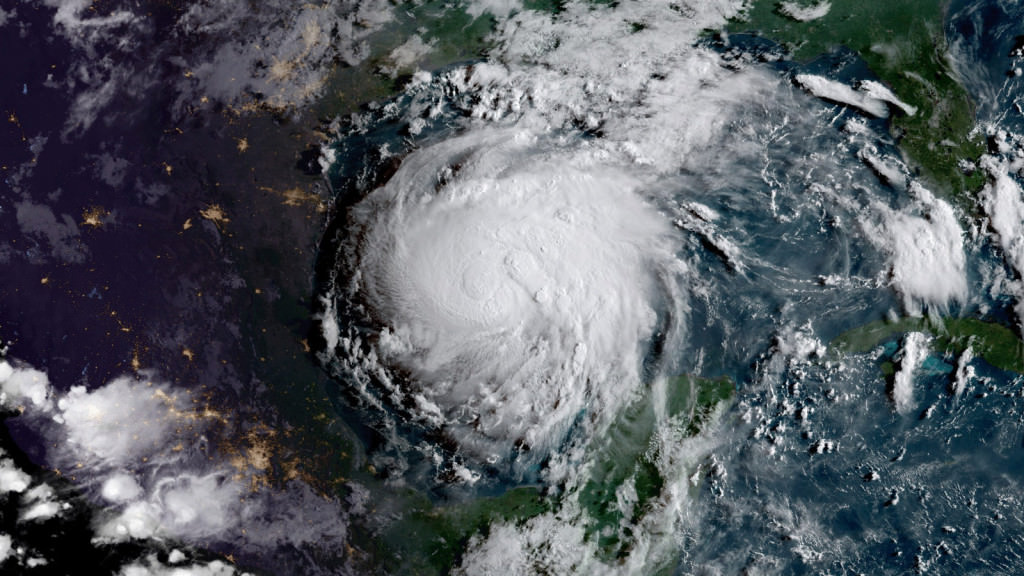Trump said Harvey and Irma were record-breaking storms, tweeting excitedly in the lead up to each storm. But when asked about climate change, he retreated to denial, pointing to past storms earlier in the century as being similar or bigger, a tactic frequently used by deniers to confuse the public about the physics of how global warming affects hurricanes.
Hurricanes Harvey and Irma were unprecedented and record-breaking. Harvey dropped nearly 52 inches of rain in some places, more than any other tropical cyclone to hit the continental US. Irma set records for its sustained intensity, and was the strongest storm ever recorded in that part of the Atlantic ocean, both likely driven in part by the warm waters in which Irma developed. This is in line with the US National Climate Assessment (2014) which reported that “the intensity, frequency, and duration of North Atlantic hurricanes, as well as the frequency of the strongest hurricanes, have all increased since the early 1980s.”
Though Trump did not get into the details, some have pointed to frequency of landfalling major hurricanes in the past to claim there is no evidence of climate change influencing hurricanes. This is based on a narrow reading of a narrow metric, basing a trend judgement on just 15 storms over 100 years.
Here’s what everyone should know:
- This talking point takes advantage of the fact that the traditional 1-5 category rating system is based on wind speed. But as Superstorm Sandy and Hurricane Harvey prove, storm surge and rainfall amounts are major factors in a storm’s damage. These two aspects are the two main ways that climate change makes storms worse, through rising sea levels and a warmer and wetter atmosphere.
- The way “major” is defined in this talking point hides the impact of storms such as Sandy, which was the most intense storm to make landfall north of Cape Hatteras. A recent Lloyd’s of London report states “… hurricanes are getting stronger worldwide but especially over the North Atlantic. The upward trend in hurricane strength is physically and statistically related to the warming seas. We estimate that the increasing intensity of the strongest hurricanes amounts to about 10 m/s per degree Centigrade (Celsius) of warming.”
- Superstorm Sandy also demonstrated the impact of rising seas. Sea level rise to date increased Sandy’s surge losses by 30% – storm surge losses being the large majority of the total losses during that event. That was a key finding of a Lloyd’s of London report which confirms and builds on a previous study.
- In terms of increased rainfall from hurricanes, there exists a clear trend attributed to warming. Over the period from 1994-2008, extreme precipitation events linked to hurricanes accounted for more than 33 percent of the observed increase in heavy events across the US. The Southeast in particular saw a 40 percent increase in the amount of precipitation falling in the heaviest events, and 100 percent of this increase was linked to hurricane events.
Pointing to past storms is a way to dodge the question of whether warming worsens damage done by storms like Irma and Harvey. It does. The side argument about whether global warming also increased the windspeed of these storm is the logical equivalent of excusing a drunk driver because sober people have caused worse automobile accidents. Or as one columnist put it: “it’s not possible to assert with mathematical certainty that hurricanes Harvey and Irma were caused by global warming. It’s also not possible to stipulate exactly which carton of Camels brought about my father’s lung cancer. Only that his 40 year, two-packs-a-day tobacco habit shortened his life by a decade or more.”


